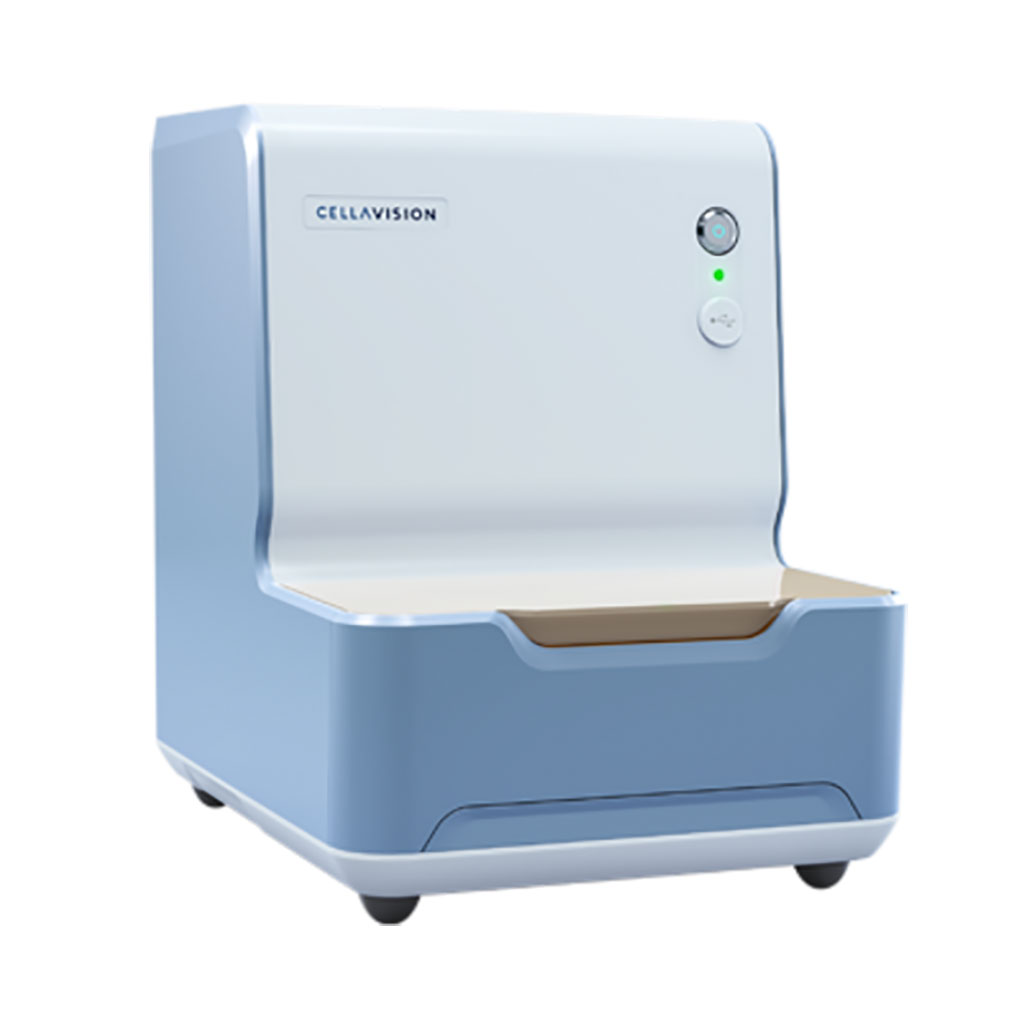Novel Digital Morphology Analyzer Performance Evaluated
Posted on 01 Dec 2022
Microscopic examination of peripheral blood smear (PBS) is essential in clinical hematology laboratories. Manual counting is, however, inefficient because the process is technically demanding and labor-intensive resulting in long turnaround time (TAT), and the results may be subjective with inter-observer variation.
Digital morphology (DM) analyzers can provide analysis of cell morphology (pre-classification) with reduced TAT and inter-observer variation. In a recent study, DM analyzers showed advantages over manual counting in laboratory efficiency including shortened TAT. DM analyzers can be used mainly in large-volume laboratories, and they are too large and expensive to be used in small to medium-volume laboratories.

Medical Laboratory Scientists at the Konkuk University School of Medicine (Seoul, Korea) obtained PBS slides from healthy individuals, spanning normal white blood cell (WBC) range including mild leukopenia (2.0–4.0 × 109/L) and mild leukocytosis (10.0–15.0 × 109/L). WBC counts in these samples were 3.90 × 109/L, 5.19 × 109/L, 6.72 × 109/L, 8.72 × 109/L, and 10.78 × 109/L, respectively. Venous whole blood samples were collected and were used for complete blood counts in XN-9000 (Sysmex, Kobe, Japan), and PBS slides were made and reviewed for WBC differentials.
The Sysmex CellaVision DC-1 (DC1) is a newly launched digital morphology analyzer that was developed mainly for small to medium-volume laboratories. The scientists evaluated the precision, qualitative performance, comparison of cell counts between DC-1 and manual counting, and turnaround time (TAT) of DC-1. Pre-classification on DC-1 included total 18 cell classes (12 WBC classes and six non-WBC classes). The 12 WBC classes include blasts, promyelocytes, myelocytes, metamyelocytes, band neutrophils, segmented neutrophils, lymphocytes, monocytes, eosinophils, basophils, variant lymphocytes, and plasma cells. The six non-WBC classes include nucleated RBCs (nRBCs), smudge cells, artifact, giant platelet, platelet aggregation, and unidentified cells.
The investigators reported that DC-1 showed excellent precision (%CV, 0.0%–3.5%), high specificity (98.9%–100.0%), and high negative predictive value (98.4%–100.0%) in 18 cell classes (12 WBC classes and six non-WBC classes). However, DC-1 showed 0% of positive predictive value in seven cell classes (metamyelocytes, myelocytes, promyelocytes, blasts, plasma cells, nucleated red blood cells, and unidentified). The largest absolute mean differences (%) of DC-1 versus manual counting was 2.74. Total TAT (min:s) was comparable between DC-1 (8:55) and manual counting (8:55).
The authors concluded that their study showed that DC-1 has a reliable analytical performance in all cell classes, and it can be used in small-to medium-volume laboratories for providing assist of manpower in daily practice of PBS review. However, DC-1 may make unnecessary workload for cell verification in some cell classes. The study was published on October 31, 2022 in the journal Clinical Chemistry and Laboratory Medicine.
Related Links:
Konkuk University School of Medicine
Sysmex














